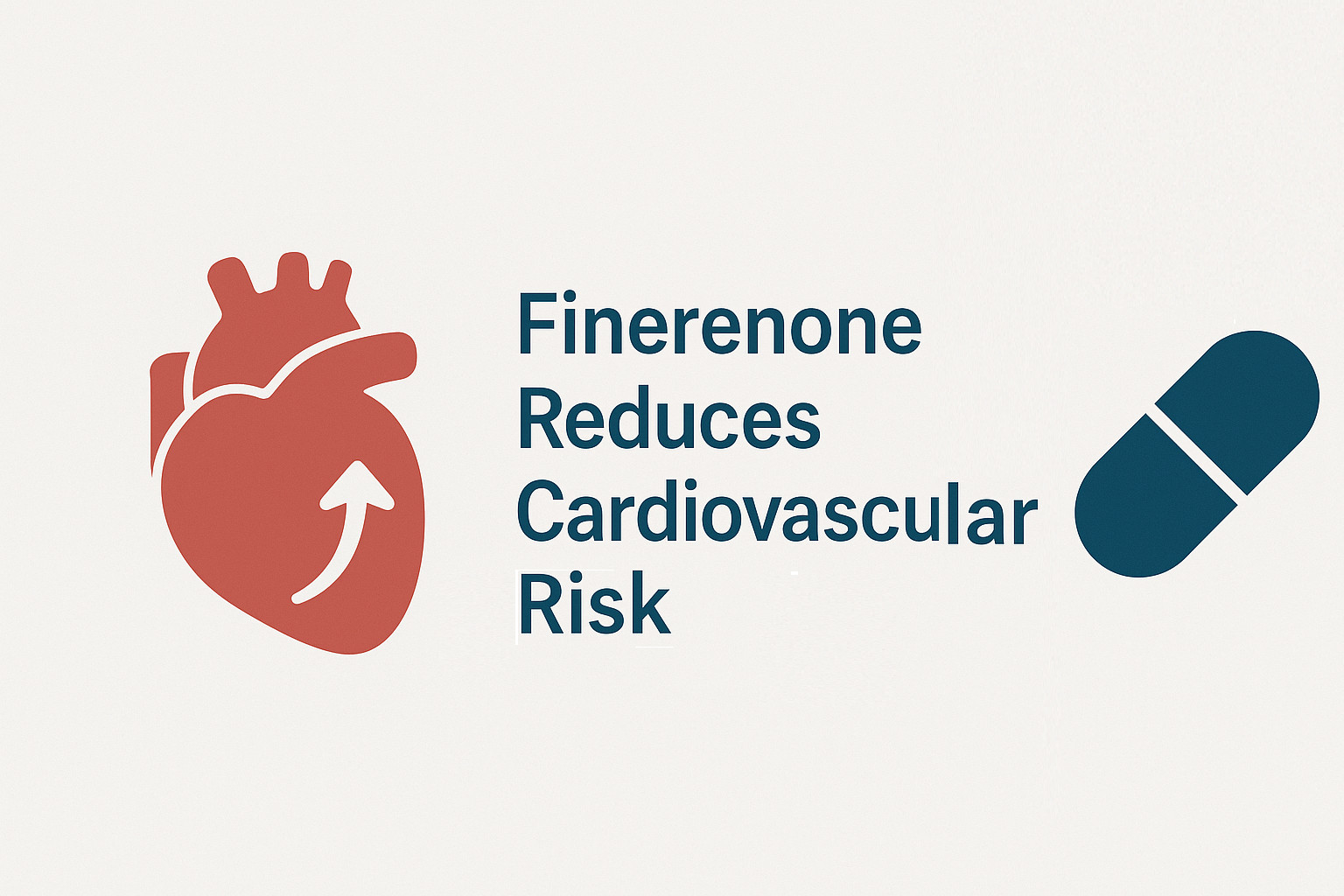
The FINEARTS-HF randomized clinical trial, published in *JAMA Cardiology*, assessed the efficacy of finerenone in patients with heart failure with improved ejection fraction (HFimpEF)—those whose left ventricular ejection fraction (LVEF) improved from below 40% to 40% or higher. While patients with HFimpEF often show functional recovery, they remain vulnerable to cardiovascular (CV) events. This study analyzed whether finerenone, already shown to benefit patients with heart failure with preserved ejection fraction (HFpEF), also helps this subset of patients.
Among 6001 participants enrolled between 2020 and 2023, only 273 had a documented history of LVEF below 40% that later improved. Over a median follow-up of 2.6 years, patients with HFimpEF showed a higher unadjusted risk of CV death or worsening heart failure compared to those with consistently preserved LVEF. However, after adjusting for covariates, the risk was no longer statistically significant. Finerenone’s treatment effect on the primary outcome—reduction in CV death and HF events—was similar in both groups, suggesting that patients with HFimpEF derive comparable benefit despite their higher baseline risk.
Finerenone demonstrated a favorable safety profile across the board. Although patients with HFimpEF were more prone to hypotension, they did not experience significantly higher rates of serious adverse events such as hyperkalemia compared to those with stable LVEF. This makes finerenone a viable therapeutic addition, particularly since this group also showed greater absolute risk reduction due to their elevated baseline risk. Importantly, the results were consistent across primary and secondary endpoints, such as heart failure hospitalizations and all-cause mortality.
In conclusion, the study supports the inclusion of finerenone in the treatment regimen for HFimpEF, emphasizing that improved LVEF does not eliminate the need for continued cardiovascular management. Despite minor limitations—such as the small proportion of HFimpEF patients and variation from some clinical definitions—the trial reinforces the significance of persistent medical therapy in reducing residual risk in this underrepresented group. These findings underscore the need for broader recognition and targeted treatment strategies for HFimpEF patients in clinical practice.
Source: https://jamanetwork.com/journals/jamacardiology/fullarticle/2834269

